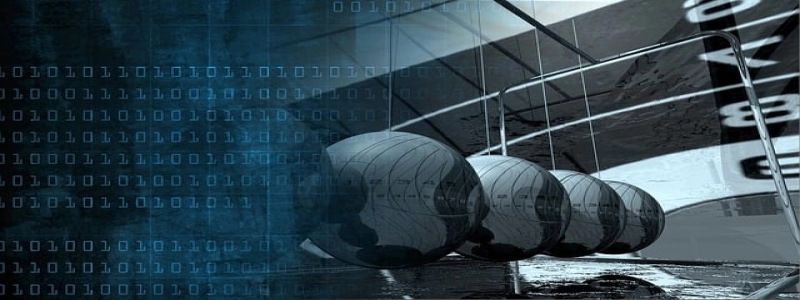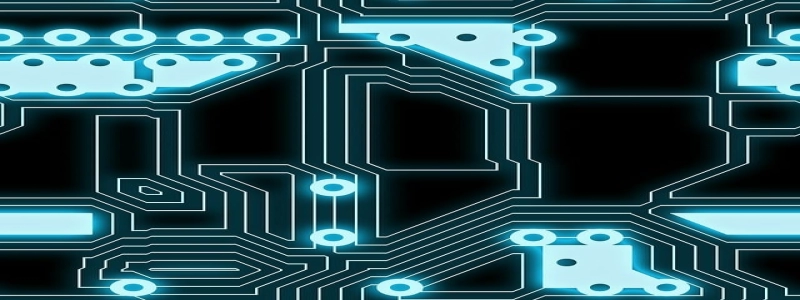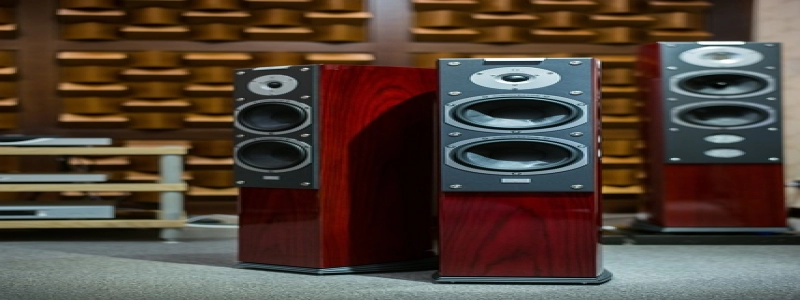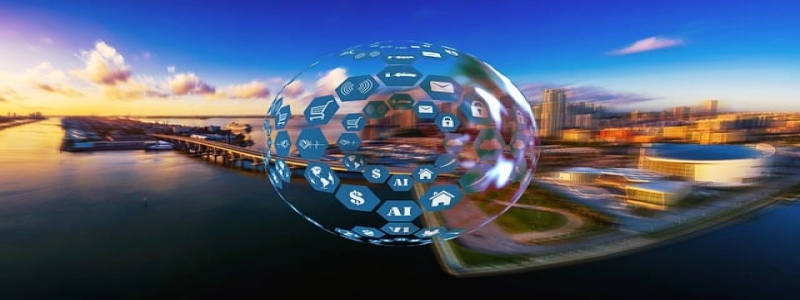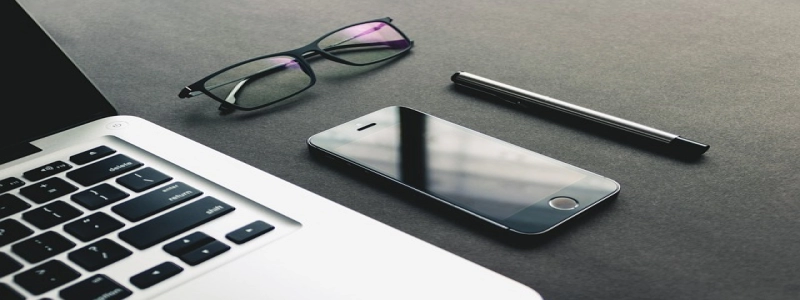Fiber Optic Cables Use:
I. Introduction
A. Definition of Fiber Optic Cables
B. Importance of Fiber Optic Cables in Communication
II. Structure of Fiber Optic Cables
A. Core
B. Cladding
C. Buffer Coating
D. Strength Members
III. How Fiber Optic Cables Work
A. Principle of Total Internal Reflection
B. Transmission of Light Signals
C. Advantages of Fiber Optic Cables over Copper Cables
IV. Applications of Fiber Optic Cables
A. Telecommunications
B. Internet Communication
C. Data Transmission
D. Medical Imaging
V. Installation and Maintenance of Fiber Optic Cables
A. Pre-Installation Considerations
B. Cable Routing and Installation
C. Testing and Troubleshooting
D. Maintenance Practices
VI. Future Developments in Fiber Optic Cables
A. Higher Transmission Speeds
B. Enhanced Durability
C. Integration with Wireless Communication
VII. Conclusion
A. Summary of Fiber Optic Cables Use
B. Potential Impact in Advancing Communication Technology
—
I. Introduction
Fiber optic cables are critical components in modern communication systems. They play a vital role in transmitting vast amounts of data, voice, and video signals over long distances at incredible speeds. This article aims to provide a comprehensive understanding of fiber optic cables and their use in various industries.
II. Structure of Fiber Optic Cables
Fiber optic cables consist of several layers, each with a specific purpose. The innermost layer is the core, where light signals travel through. Surrounding the core is the cladding, which reflects and contains the light within the core. The buffer coating protects the cladding from external factors, such as moisture and physical damage. Finally, the strength members ensure the reliability and durability of the cable.
III. How Fiber Optic Cables Work
Fiber optic cables operate on the principle of total internal reflection. When light enters the core at a specific angle, it reflects off the cladding instead of escaping. This reflection allows the light to be transmitted over long distances without significant signal loss. Compared to copper cables, fiber optic cables offer higher bandwidth capacity, greater immunity to electromagnetic interference, and increased data transmission speeds.
IV. Applications of Fiber Optic Cables
Fiber optic cables are extensively used in various industries for communication purposes. In telecommunications, they form the backbone of long-distance communication networks, enabling reliable voice calls and high-speed internet connections. Fiber optic cables are also integral to internet communication, facilitating the rapid transfer of data packets between servers and users. Moreover, they play a crucial role in data transmission within private networks and data centers. Additionally, fiber optic cables are utilized in medical imaging applications, providing high-resolution imaging for diagnoses and surgical procedures.
V. Installation and Maintenance of Fiber Optic Cables
Installing and maintaining fiber optic cables require careful planning and expertise. Before installation, factors such as route selection, cable type, and connection points must be considered. Proper cable routing techniques, including burying or aerial installation, are crucial to minimize signal loss and physical damage. Additionally, thorough testing and troubleshooting are essential to ensure optimal performance and reliability. Routine maintenance practices, including cleaning connectors and inspecting cable integrity, contribute to the longevity and efficiency of fiber optic cables.
VI. Future Developments in Fiber Optic Cables
As technology continues to advance, so do fiber optic cables. Several developments are expected in the near future, aiming to improve transmission speeds, durability, and compatibility with wireless communication technologies. Higher transmission speeds will enable even faster data transfer, supporting emerging applications such as virtual reality and autonomous vehicles. Enhanced durability will allow fiber optic cables to withstand harsh environmental conditions, expanding their usability in various industries. Furthermore, efforts to integrate fiber optic cables with wireless communication systems hold the potential for seamless and robust connectivity.
VII. Conclusion
In conclusion, fiber optic cables are indispensable in modern communication systems. Their unique structure and working principle enable efficient and reliable transmission of data, voice, and video signals. With applications spanning telecommunications, internet communication, data transmission, and medical imaging, fiber optic cables revolutionize the way information is transmitted. As technology evolves, further advancements in fiber optic cables will greatly contribute to the advancement of communication technology as a whole.
